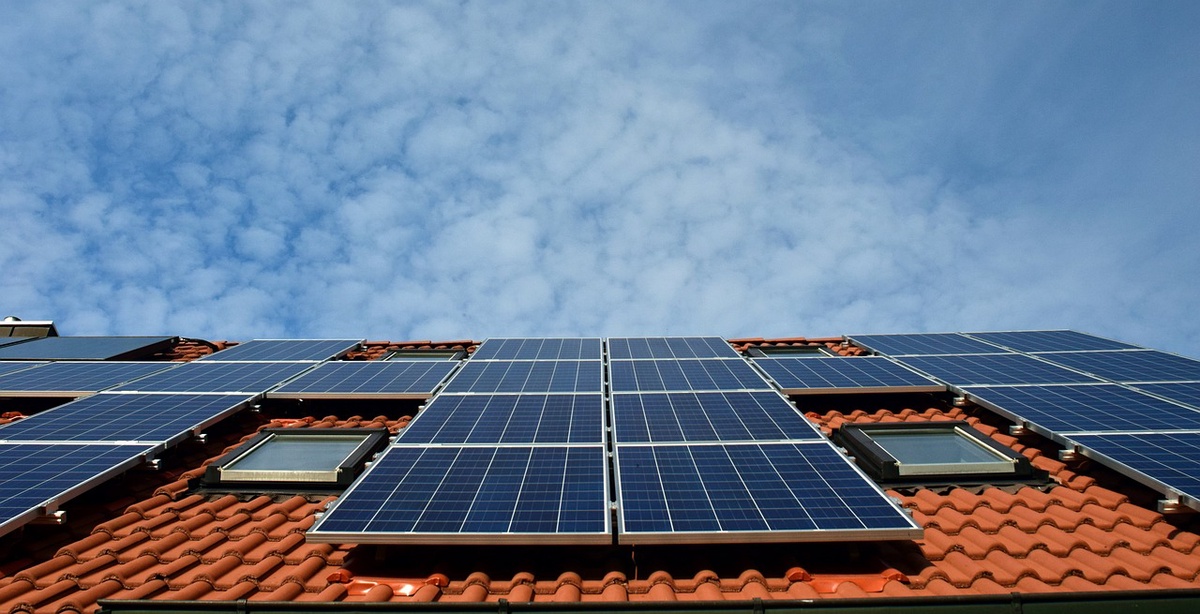In the realm of renewable energy, solar power has emerged as a popular and most preferable sustainable and clean electricity generation. As the world struggles with the urgent need to transition away from fossil fuels, commercial solar installations have gained prominence everywhere. While thinking at the commercial scale, a common question arises: How many watts does a commercial solar panel produce?
Commercial solar panels, also known as photovoltaic (PV) panels, are designed to generate electricity by harnessing the power of sunlight. Unlike their residential counterparts, which are tailored for individual households, commercial solar panels are built to cater to the energy demands of larger entities like businesses, factories, and institutions. The wattage produced by these panels is a crucial factor in deciding their feasibility and efficacy.
Understanding Solar Panel Wattage
The solar panel wattage refers to its power output, which is the amount of electricity it can generate under specific conditions. This power output is measured in watts (W) and is a key metric when evaluating the efficiency and capability of a solar panel. The wattage of a commercial solar panel is influenced by various factors, including the type of solar cells used, their efficiency, and the panel's dimensions.
Types of Commercial Solar Panels
Commercial solar panels come in various types, each with its unique characteristics and power production capabilities. The most common types of commercial solar panels include monocrystalline, polycrystalline, and thin-film solar panels.
- Monocrystalline Solar Panels: These panels are known for their high efficiency and sleek black appearance. They are made from a single crystal structure, which allows them to convert sunlight into electricity with exceptional efficiency. Monocrystalline panels typically produce higher wattages compared to other types, making them a popular choice for commercial applications.
- Polycrystalline Solar Panels: Polycrystalline panels are constructed from multiple crystal structures, and while they are generally less efficient than monocrystalline panels, they offer a cost-effective solution for commercial projects. Their wattage output is slightly lower than that of monocrystalline panels, but they can still provide substantial power generation.
- Thin-Film Solar Panels: Thin-film panels are lightweight and flexible, making them suitable for unique installation scenarios. However, their efficiency is generally lower than crystalline panels, which results in larger commercial solar installation footprints to achieve the same power output. Thin-film panels are chosen for large-scale commercial projects where space may not be a limiting factor.
Factors Affecting Wattage Production
The wattage production of a commercial solar panel is influenced by several key factors:
- Solar Cell Efficiency: The efficiency of solar cells in converting sunlight into electricity plays a crucial role in determining the wattage output. Higher-efficiency cells can generate more electricity under the same sunlight conditions.
- Panel Size: The physical dimensions of the solar panel also impact its wattage output. Larger panels can accommodate more solar cells which leads to higher power generation potential.
- Sunlight Intensity: The amount of sunlight a panel receives directly affects its power output. Panels installed in regions with high solar irradiance will produce more watts compared to those in areas with lower solar exposure.
Higher temperatures can lead to a decrease in efficiency and subsequently, a reduction in wattage production.
Average Wattage of Commercial Solar Panels
The average wattage produced by commercial solar panels can vary widely based on the factors mentioned above.
- Monocrystalline panels: These can produce anywhere from 300 to 400 watts per panel on average.
- Polycrystalline panels: Their average wattage ranges from 250 to 350 watts per panel.
- Thin-film panels: Wattage output is generally lower, with average values falling in the range of 150 to 250 watts per panel.
It's important to note that these values are approximate and can vary based on technology advancements, changes in manufacturing processes, and other factors.
Constant Evolution
As technology advances and the solar industry evolves, the average wattage of commercial solar panels continues to rise. Innovations in material science, improved manufacturing processes, and enhanced cell efficiency contribute to the upward trajectory of power output. This evolution signifies a positive trend towards more robust and potent solar energy solutions, catering to the escalating energy demands of commercial enterprises.
Conclusion
The question of how many watts a commercial solar panel produces is contingent on multiple variables. From the type of solar cells to the panel's size and environmental conditions, each element contributes to the final power output. As solar technology continues to advance, commercial solar installation has become prevalent which is likely to be more efficient, producing higher wattages and making clean energy generation an increasingly viable solution for businesses and institutions aiming to reduce their carbon footprint while meeting their energy demands


No comments yet